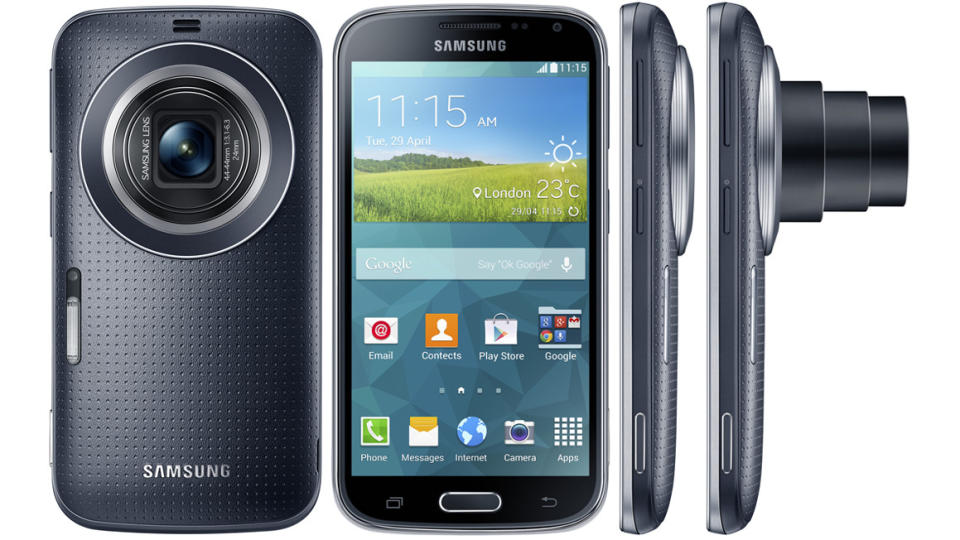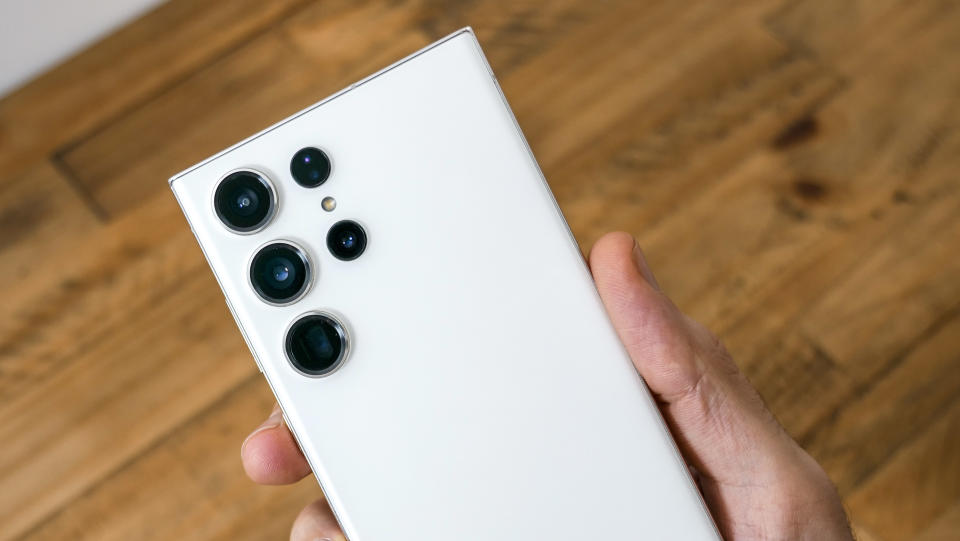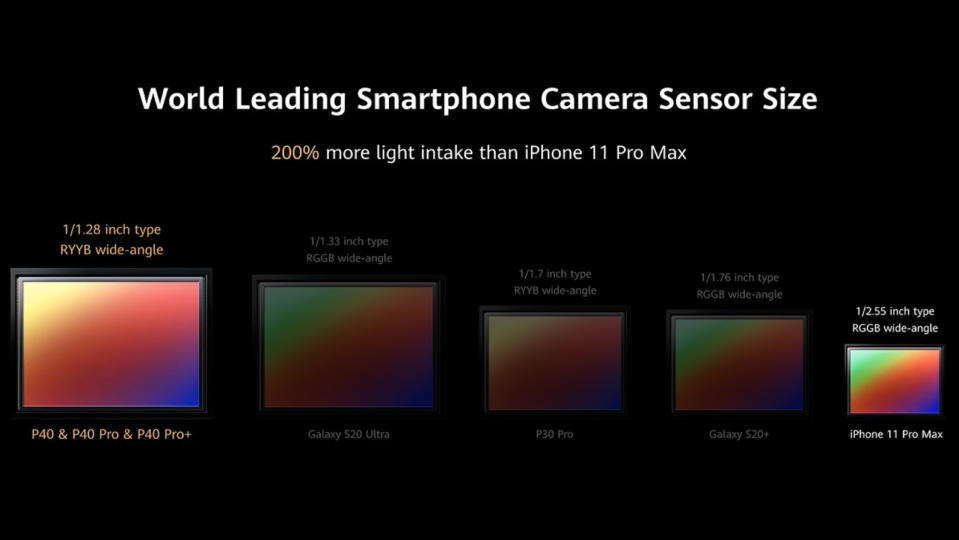What is a periscope lens: getting big zoom into a small phone

What is a periscope camera? Short answer: not a submariner snapping photos through the vessel's pop-up spy tube. Actual answer: an ingenious solution to getting a (relatively) long focal length into a device like a camera phone which would otherwise be too small to house an ordinary long lens.
Conventional wisdom dictates that to get serious zoom, you need a serious lens. Paparazzi shooters don't lug their hulking great bazooka lenses around just so they can look the part and scare A-listers. In order to magnify a distant subject, there also has to be a lot of distance between the front element of the lens and the camera's image sensor. Some optical trickery can be used to reduce the physical length of the lens while maintaining the same focal length, but that'll only get you so far. Big zoom = big lens, period.

Of course that's bad news for phone manufacturers, who for many years have prioritized making phones as slim as possible. To get around these space confinements while offering some degree of camera 'zoom', most manufacturers resorted to the dirty cheat of digital zoom, which simply blows up the central region of a photo, thereby reducing image quality due to pixelation.
Some manufacturers tried harder, instead making more camera-centric phones which actually had a proper, optically zoomed lens: a notable example of this being the rather funky Samsung Galaxy K zoom from 2014. However, sticking a great big extending zoom lens on a phone necessarily makes the device much bulkier than a conventional camera phone. So how do you get proper optical zoom, but still maintain a slim device? Answer: the periscope lens, also called a folded lens.

Periscope telephoto lenses are distinct from normal telephoto lenses. The latter is orientated just like any other lens, aligned front to back in the body of a phone. However this setup will only give you 2-3x zoom before the lens gets so long that it pokes way out the back of the phone. With a periscope lens, you instead take a conventional lens, but rotate it and the image sensor through 90 degrees so both are directed side to side within the phone body, rather than front to back. All you then need to do is add a prism to bounce the light entering the phone around the 90-degree 'corner' and focus it down the sideways lens to the camera sensor. By using this clever trick, a periscope lens can theoretically be as long as the phone is wide, though obviously other components in the phone will restrict the final length of the periscope lens.

So problem solved: you can have a long focal length lens in a small device, without reducing image quality. Err, not quite. Sure, that periscope lens may physically be a bit longer than the wide and ultrawide lenses in the phone, but it's still incredibly small: much smaller than it would need to be in order for the diameter of the lens elements to fully cover an image sensor the same size as that used in the phone's primary (wide-angle) camera.

Take, for instance, the Samsung Galaxy S23 Ultra. Its 200 megapixel primary camera sensor measures a healthy 1/1.3" in size, and captures images through a 24mm (equivalent) wide-angle lens. The S23 Ultra's periscope camera uses a 230mm lens, giving (roughly) a 10x zoom increase over the wide-angle camera module. So in order to maintain the same 1/1.3" sensor size, you'd expect the periscope lens to physically be about 10 times longer than the wide-angle lens. But it isn't, and not even close. The only way you can downsize a lens while still maintaining the same focal length is to also reduce the camera sensor to the same extent, which is why we find the S23 Ultra's periscope camera using a microscopic 1/3.52" sensor - that's less than a quarter the size of the 1/1.3" sensor in the phone's wide-angle camera module.

As any camera / camera phone manufacturer is very keen to point out, bigger sensors = better image quality, and conversely smaller sensors have a detrimental effect on image quality. A smaller sensor contains smaller, less light-sensitive pixels, which in turn generate more image noise, resolve less detail, and capture less dynamic range. Consequently, while a phone with a periscope camera does indeed have proper, bona fide optical zoom, photos taken using this camera module will have inferior image quality to those snapped using the primary camera module. Not exactly something the phone manufacturers are keen to divulge, but it's a simple fact.
So there you have it. The periscope lens: a clever, deceptively simple invention to get big zoom out of a small device, but not without drawbacks when deployed in a camera phone. At the end of the day, if you want big zoom, without compromising image quality in any way, there's still only one way to get it: a big-ass lens!

Read more:
The best camera phones
The best burner phones
Which is the best iPhone for photography?
The best budget camera phones

